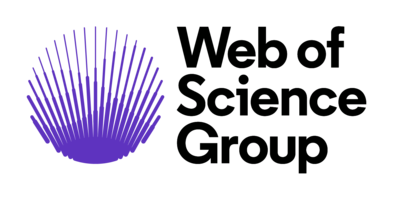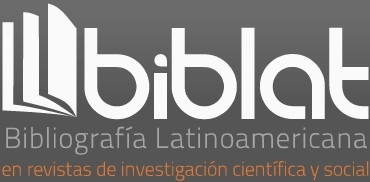Zilberberg with Valéry
DOI:
https://doi.org/10.35494/topsem.2021.2.46.746Keywords:
Complete works by Zilberberg, Foundational philosophy of Valéry, Transmission, SolidarityAbstract
The poet-philosopher Paul Valéry has been present with constancy and frequency in the works of Claude Zilberberg. Zilberberg with Valéry, not Zilberberg and or about Valéry, but with ―an intellectual and passionate solidarity never betrayed. This paper proposes an exhaustive analysis of more or less two hundred quotations of Valéry in the complete works of Zilberberg. More important still than the details of these analyses is the reconstruction of the foundational philosophy of Valéry as ground and source of Zilberberg’s semiotic thought during the thirty years of his research life. Valéry’s thought with its incredible coherence comes back in its totality in the intuitions and concepts of tensive semiotics as it was created by Claude Zilberberg. This foundational philosophy can be considered to be the flesh of Zilberberg’s writings. If Hjelmslev is the method, Valéry is the flesh, if Hjelmslev is the form, Valéry is the substance. From Valéry to Zilberberg, the transmission has been fusional, even empathic: the meaning of the notions remains strictly identical (“expectation, surprise, event, generation, suddenness”) as well as the argumentative pulsing. This has been in fact a pure and total transmission.
Downloads
References
édition]. Youtube Saint-Maur-des-Fossés. https://www.youtube.com/watch?v=kb-B0nXkOYo&t=2s
Parret, H. (2018). La main et la matière. Jalons d’une haptologie de l’œuvre d’art. Marsella. École Nationale
Supérieure d’Architecture de Marseille [Texto no publicado].
Valéry, P. (1930). Choses tues. Cahiers d’impressiones et d’idees. París. Les Editions Lapina, coll. Les Images du
Temps X.
Valéry, P. (1935). Analecta. París. Éditions Gallimard.
Valéry, P. (1957). Œuvres I. Édition établie et annotée par Jean Hytier. París. Éditions Gallimard, coll.
Bibliothèque de la Pléiade.
Valéry, P. (1960). Œuvres II. Édition établie et annotée par Jean Hytier. París. Éditions Gallimard, coll.
Bibliothèque de la Pléiade.
Valéry, P. (1970). Cahiers I. Édition établie, présentée et annotée par Judith Robinson. París. Éditions Gallimard.
Valéry, P. (1974). Cahiers II. Édition établie, présentée et annotée par Judith Robinson. París. Éditions Gallimard.
Zilberberg, C. (1972.). Une lecture des Fleurs du Mal. París. Mame.
Zilberberg, C. (1981). Essai sur les modalités tensives. Ámsterdam. John Benjamins Publishing Company.
Zilberberg, C. (1985). L’essor du poème. Information rythmique. Sain-Maur, France. Phoriques.
Zilberberg, C. (1988a). Raison et poétique du sens. París. PUF.
Zilberberg, C. (1988b). Architecture, musique et langage dan « Eupalinos » de P. Valéry. Documents de Travail du
Centro Internazionale di Semiotica e di Linguistica (pp. 176-177). Universidad de Urbino.
Zilberberg, C. (2002). Précis de grammaire tensive. Tangence, (70). Canadá. Universidad de Laval.
Zilberberg, C. (2006). Éléments de grammaire tensive. Limoges. PULIM [Versión en español: Semiótica tensiva,
Trad. de Desiderio Blanco. Lima, Fondo Editorial de la Universidad de Lima, 2006].
Zilberberg, C. (2010). Cheminements du poème: Baudelaire, Rimbaud, Valéry, Jouve. Limoges. Lambert-Lucas.
Zilberberg, C. (2011). Des formes de vie aux valeurs. París. PUF [Versión en español: De las formas de vida a los
valores, Trad. de Desiderio Blanco, Lima, Fondo Editorial de la Universidad de Lima, 2016].
Zilberberg, Claude (2012). La structure tensive. Lieja. PUJ [Versión en español: La estructura tensiva, Trad. de
Desiderio Blanco, Lima, Fondo Editorial de la Universidad de Lima, 2015].
Downloads
Published
How to Cite
Issue
Section
License

Tópicos del Seminario is licensed under a Creative Commons Reconocimiento-NoComercial-CompartirIgual 4.0 Internacional License.














